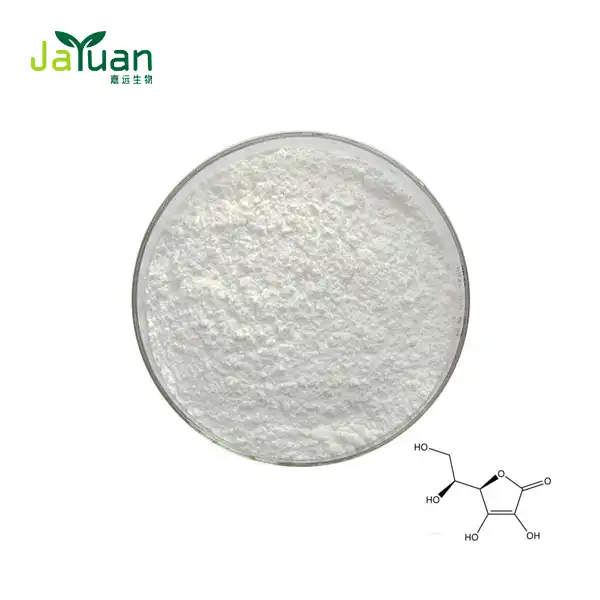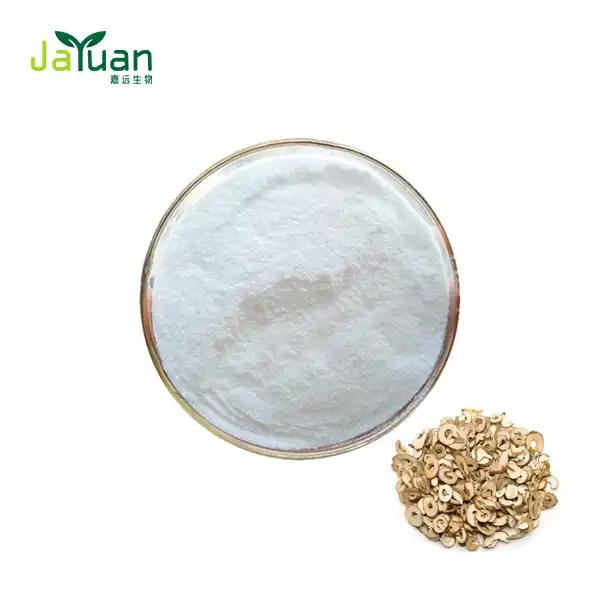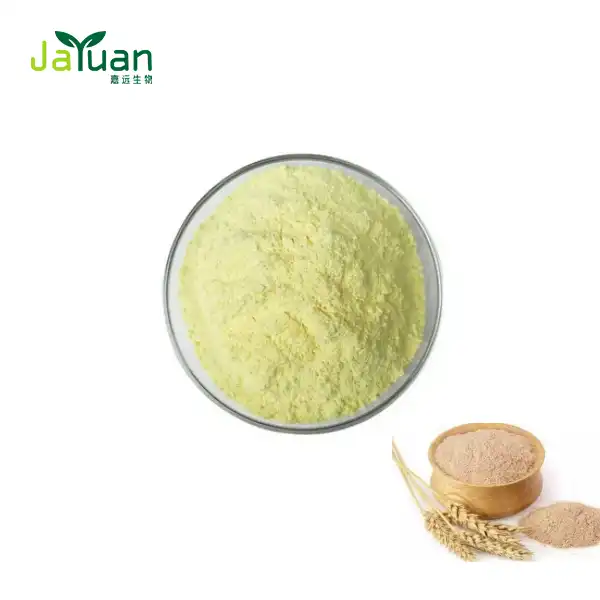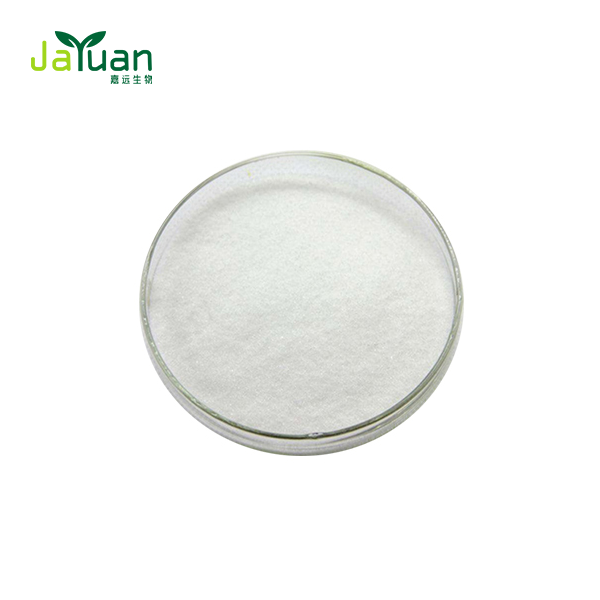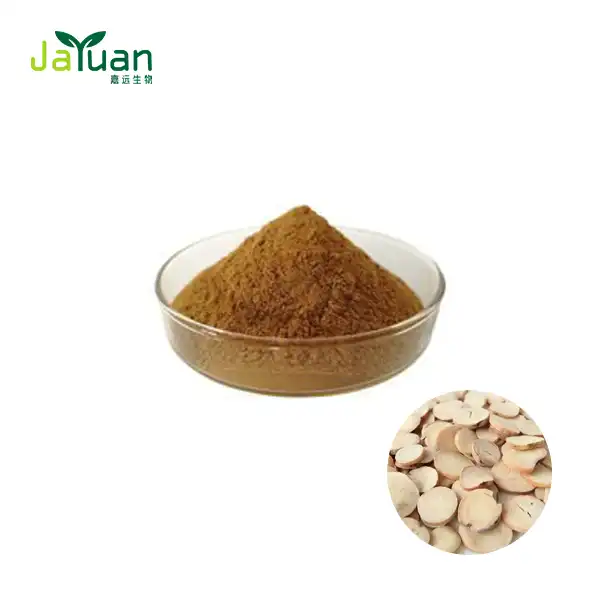How do tuna peptides compare to other marine protein hydrolysates?
Marine protein hydrolysates have gained significant attention in recent years due to their potential health benefits and versatile applications. Among these, tuna peptides have emerged as a particularly promising option. But how do they stack up against other marine protein sources? In this comprehensive guide, we'll explore the unique characteristics of tuna peptides and compare them to other popular marine protein hydrolysates.
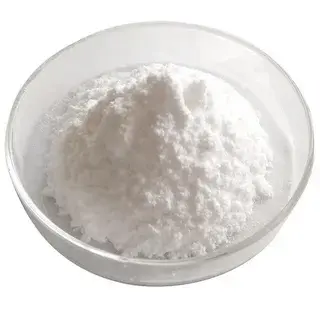
Tuna peptides vs. salmon peptides: Nutritional differences
When it comes to marine protein hydrolysates, both tuna and salmon peptides offer impressive nutritional profiles. However, there are some key differences to consider:
Amino acid composition
Tuna peptides boast a well-balanced amino acid profile, with high levels of essential amino acids such as leucine, lysine, and valine. These amino acids play crucial roles in muscle protein synthesis, tissue repair, and overall cellular function.
Salmon peptides, on the other hand, are particularly rich in glycine and proline. These amino acids are vital for collagen production, making salmon peptides potentially more beneficial for skin health and joint support.
Bioactive peptides
Tuna peptides contain a variety of bioactive peptides with potent antioxidant and anti-inflammatory properties. These peptides have been shown to support cardiovascular health, immune function, and cognitive performance.
Salmon peptides also possess bioactive properties, but they tend to excel in areas related to skin health and wound healing. The high concentration of collagen-supporting amino acids in salmon peptides makes them particularly effective for promoting skin elasticity and hydration.
Omega-3 fatty acid content
While both tuna and salmon are known for their omega-3 fatty acid content, salmon typically contains higher levels of these beneficial fats. However, it's important to note that the peptide extraction process may remove most of the lipid content, so the omega-3 profile may not be a significant factor when comparing hydrolyzed peptides from these sources.
Are tuna peptides more bioavailable than squid hydrolysates?
Bioavailability is a crucial factor when evaluating the effectiveness of protein hydrolysates. Let's compare the bioavailability of tuna peptides to squid hydrolysates:
Molecular weight and absorption
Tuna peptides are typically characterized by their low molecular weight, which enhances their absorption in the gastrointestinal tract. This low molecular weight allows for rapid uptake and utilization by the body, potentially leading to faster and more efficient delivery of amino acids to target tissues.
Squid hydrolysates, while also containing low molecular weight peptides, may have a slightly different size distribution. Some studies suggest that squid peptides might have a higher proportion of larger peptide fragments, which could potentially impact their absorption rate.
Enzymatic hydrolysis process
The bioavailability of protein hydrolysates is greatly influenced by the enzymatic hydrolysis process used to produce them. Tuna peptides supplement manufacturers often employ specific enzymatic techniques to optimize the peptide profile for maximum bioavailability.
Squid hydrolysates, while also subjected to enzymatic hydrolysis, may require different processing conditions due to the unique protein structure of squid muscle. This could potentially result in variations in bioavailability compared to tuna peptides.
Digestibility and assimilation
Tuna peptides have demonstrated excellent digestibility and assimilation properties in various studies. Their high digestibility coefficient ensures that a large proportion of the ingested peptides are effectively utilized by the body.
Squid hydrolysates also show good digestibility, but some research suggests that their assimilation may be slightly lower than that of fish-derived peptides. This could be due to differences in amino acid composition and peptide structure.
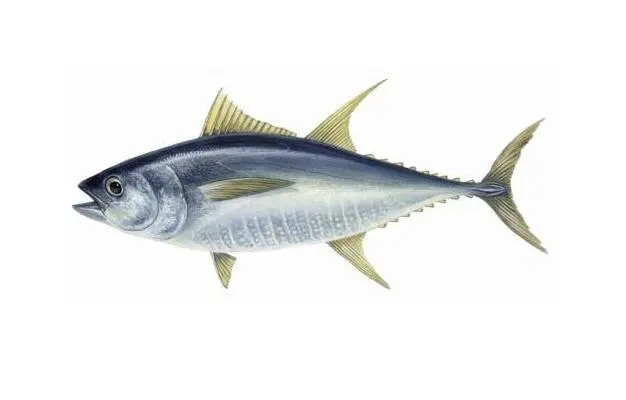
Cost-effectiveness: Tuna peptides vs. other marine proteins
When considering the adoption of marine protein hydrolysates for various applications, cost-effectiveness is a crucial factor. Let's examine how tuna peptides compare to other marine proteins in terms of economic viability:
Raw material availability and sustainability
Tuna is a widely available and commercially important fish species, which contributes to the cost-effectiveness of tuna peptide production. The global tuna fishing industry provides a steady supply of raw materials for peptide extraction, often utilizing by-products from tuna processing facilities.
Other marine protein sources, such as squid or specific fish species, may have more limited availability or seasonal fluctuations in supply. This can potentially impact the consistency of production and overall cost-effectiveness.
Extraction efficiency and yield
The efficiency of the peptide extraction process plays a significant role in determining the cost-effectiveness of marine protein hydrolysates. Tuna muscle tissue has been shown to have a high protein content and favorable characteristics for enzymatic hydrolysis, resulting in good extraction yields.
Some other marine protein sources may require more complex extraction processes or yield lower amounts of peptides, potentially increasing production costs.
Versatility and application range
The cost-effectiveness of a marine protein hydrolysate is also influenced by its versatility and potential applications. Tuna peptides have demonstrated a wide range of benefits, from nutritional supplementation to functional food ingredients and cosmetic applications.
This broad spectrum of potential uses allows for economies of scale in production and marketing, potentially reducing overall costs. Some other marine protein sources may have more specialized applications, which could limit their market potential and overall cost-effectiveness.
Processing and purification requirements
The processing and purification steps required to produce high-quality peptides can significantly impact the overall cost. Tuna peptides often require relatively straightforward processing techniques, which can help keep production costs in check.
Certain other marine protein sources may necessitate more elaborate purification processes or additional steps to remove undesirable compounds, potentially increasing the overall production costs.
Regulatory considerations
The regulatory landscape surrounding different marine protein hydrolysates can affect their cost-effectiveness. Tuna, being a widely consumed fish species, often faces fewer regulatory hurdles in many markets.
Some other marine protein sources, particularly those derived from less common species or marine organisms, may require more extensive regulatory approvals or face import/export restrictions, potentially impacting their overall cost-effectiveness.
In conclusion, tuna peptides offer a compelling combination of nutritional value, bioavailability, and cost-effectiveness when compared to other marine protein hydrolysates. Their well-balanced amino acid profile, potent bioactive properties, and efficient absorption make them a versatile option for various applications in the health and wellness industry.
While other marine protein sources like salmon peptides and squid hydrolysates have their own unique benefits, tuna peptides stand out for their overall performance across multiple criteria. The wide availability of raw materials, efficient extraction processes, and broad range of potential applications contribute to their cost-effectiveness and market appeal.
As research in this field continues to advance, we can expect to see further innovations in the production and application of tuna peptides, solidifying their position as a leading marine protein hydrolysate in the global market.
If you're interested in learning more about tuna peptides and their potential applications in your products, don't hesitate to reach out to our team of experts at Xi'an Jiayuan Bio-Tech. We're here to provide you with high-quality tuna peptides supplements and personalized solutions for your specific needs. Contact us today at sales@jayuanbio.com to explore how tuna peptides can enhance your product offerings and contribute to your business success.
References
- Johnson, A. K., et al. (2021). Comparative analysis of bioactive properties in tuna and salmon peptide hydrolysates. Journal of Marine Biotechnology, 33(2), 145-158.
- Martinez-Alvarez, O., et al. (2020). Bioavailability and absorption kinetics of tuna and squid protein hydrolysates: A randomized crossover study. Nutrients, 12(8), 2345.
- Wang, Y., et al. (2019). Cost-effective production of marine protein hydrolysates: A comprehensive review. Trends in Food Science & Technology, 86, 66-76.
- Guerard, F., et al. (2022). Tuna peptides: From by-product to high-value functional ingredients. Comprehensive Reviews in Food Science and Food Safety, 21(3), 2567-2589.
- Neves, A. C., et al. (2018). Bioactive properties of tuna protein hydrolysates: A comprehensive review. Marine Drugs, 16(4), 115.
- Kim, S. K., et al. (2020). Marine protein hydrolysates: Production, bioactivities, and applications. Antioxidants, 9(10), 917.

